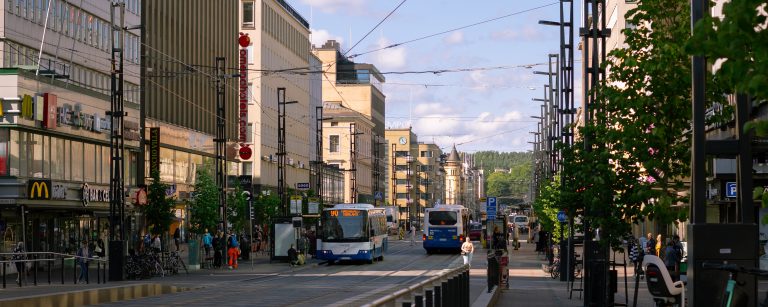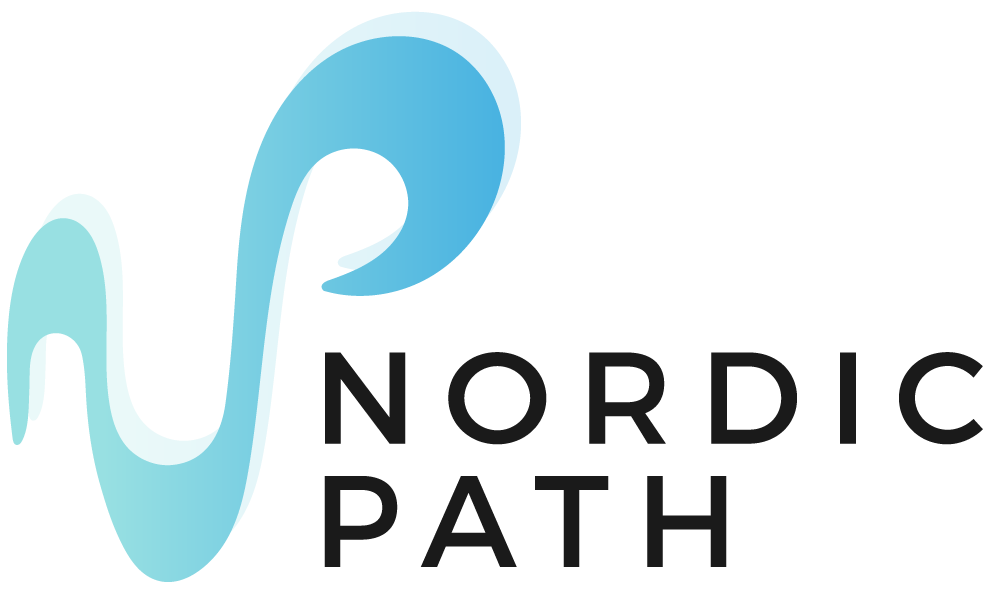Despite the overwhelming evidence that urban air quality has an important impact on the liveability of cities and the health of citizens, it is not yet an integral piece of the development of future urban transformations. The air quality has a potential impact on vast areas and includes the entire population young and old alike. For this reason, it requires everyone to contribute to knowledge awareness to limit the impacts; in this sense, the air quality is ‘deliberative’ in its essence. This means that it is a good driver for advancing a participatory urban planning method to sensitize, engage and involve citizens in the production of knowledge and to join efforts in shaping future healthy, liveable, and sustainable smart cities. In this context, public participation is a key element in this approach.
Air quality is a value in Nordic cities and a signifier of the quality of their urban environment. Reflecting advanced welfare state democracies, Nordic cities show the capacity to expand the concept of public participation towards a progressive and integrative model of participatory urban planning, providing a favorable context for integrating air quality in urban planning through participation.

In order to start digging into the concept of participatory urban planning, the public authorities engaged in the NordicPATH project (Aalborg, Gotenborg, Kristiansand, Lappeenranta) joined a workshop organized by Aalborg University on March 11th (2021). The meeting focused on bringing together the diversity of experiences on public participation in the participating cities and sharing knowledge across research and practice through a digital dialogue.
The workshop was particularly meaningful to advance a common understanding of participatory planning in Nordic countries. The four municipalities met and exchanged their experiences provoking, facilitating, and exchanging knowledge about what participation means in the Nordic cities, which mindsets and tools are at use, and which challenges can be addressed through NordicPath. All municipalities have good experiences with citizen participation; however, a series of present and future challenges that need to be addressed emerged from the conversation:
- The Nordic municipalities underlined the challenge of public participation through digitalization and questioned the readiness of public authorities to facilitate participation in a post-pandemic time with increased social distancing.
- Silos-thinking and internal fragmentation of knowledge along diverse departments impede a consensus synergy on methods and logic of participation.
- Meaningful participation also depends on the visibility of its impact and the materialization of the diverse contributions on cities and urban identity formation for the future. As such, there is a need to anchor participation in the identity of the city as a way of fostering meaningful public debate, to establish local citizens associations and match expectations between planners, citizens, and public officials, and then to materialize and visualize the results of participatory planning in cities.
- There is the need to create new methods to involve the voices of communities often excluded by formal public hearings, such as children.
This can prove to set a discussion for long-term transformative work in urban planning and was an essential first step to start designing collaborative strategies for the livability of cities, ensuring an integral combination of air quality and urban planning through participation. After all, the aim of NordicPATH is to create a new model to address the various needs and challenges identified during the workshops on how to look at air quality for urban development from a participatory perspective.
Published by vitaller
